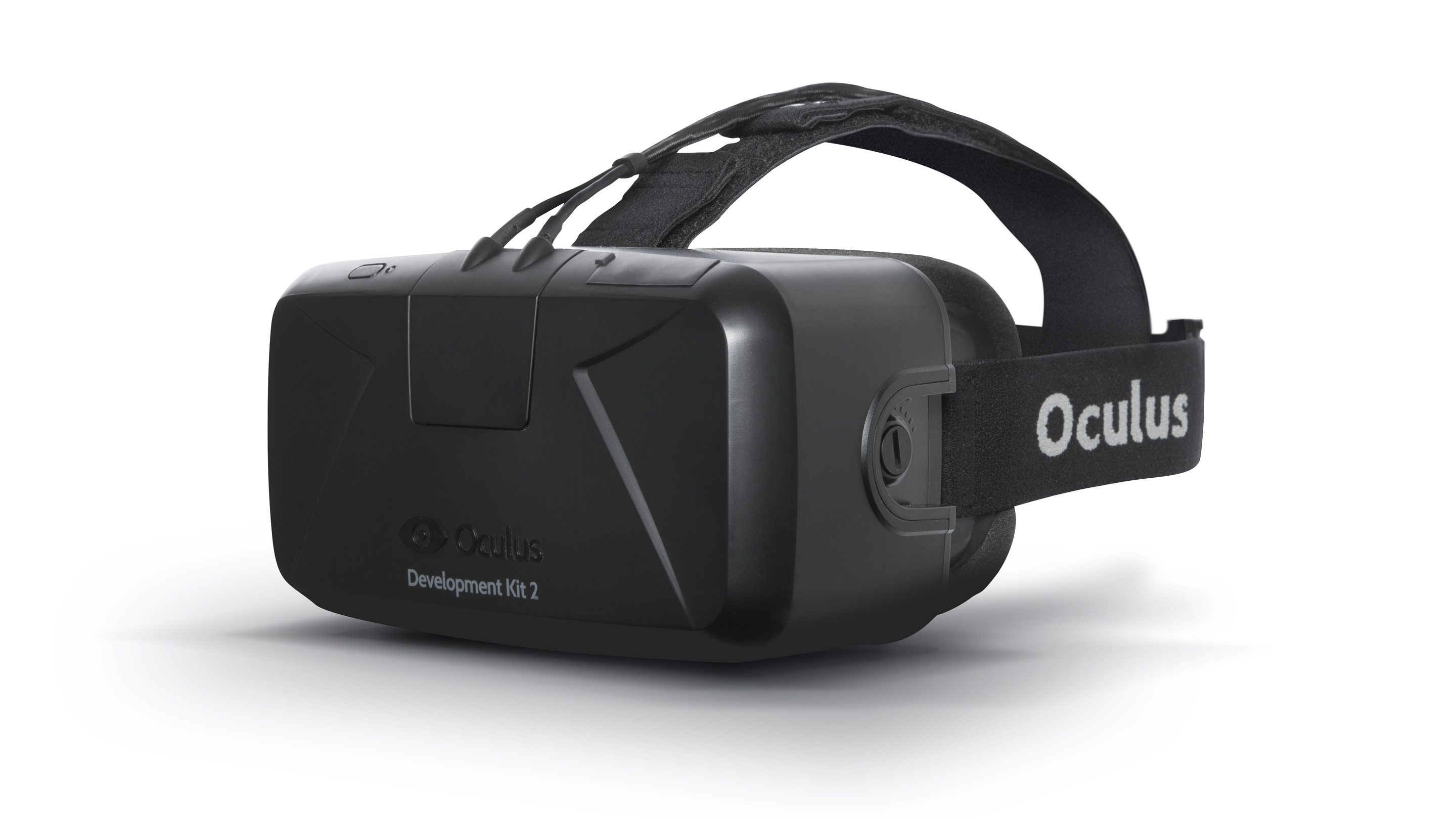Scientists want to use the Oculus Rift to virtually explore the moon

"To the moon, Alice!" Ralph bellowed for what must have been the hundredth time, as his wife slowly, derisively shook her head. But this time, he wasn't fooling around. He handed her the Oculus Rift headset. "Put 'em on, baby," he said, "We're goin' to the moon!"
The idea to use the Oculus Rift to virtually explore the moon is actually rooted in a quest to claim the Google Lunar XPrize, a competition between privately-owned teams to land a robot on the Moon, move it a minimum of 500 meters in any direction, and send back high-definition video. This particular robot, created by Carnegie Mellon University scientists in conjunction with Astrobotic Technology, is intended to take that idea one step further by letting people interact directly with the robot's camera via the VR headset.
It's a monumental technical undertaking that stretches the capabilities of the Oculus Rift in some unexpected ways. One difficulty was simply that the software wasn't designed to receive two video streams simultaneously, which made the project "a non-stop, day-and-night hackathon," team leader Daniel Shafrir told the BBC. Lag will also be a factor: It takes a little less than three seconds for a signal to reach the moon and return, and all the hacking in the world isn't going to change that.
Still, Shafrir, designer Ben Boesel of Mojo Game Studios, and Slippery Rock University Planetarium Director Dan Arnett were able to successfully demo the robot here on Earth last month. Sharfrir said the ultimate goal is to have "hundreds of robots on the moon," all accessible by the general public. For now, the plan is to get the first robot to the moon on a SpaceX Falcon 9 by the end of 2015, which is when the Google Lunax XPrize competition (and its $20 million grand prize) comes to an end.
The biggest gaming news, reviews and hardware deals
Keep up to date with the most important stories and the best deals, as picked by the PC Gamer team.

Andy has been gaming on PCs from the very beginning, starting as a youngster with text adventures and primitive action games on a cassette-based TRS80. From there he graduated to the glory days of Sierra Online adventures and Microprose sims, ran a local BBS, learned how to build PCs, and developed a longstanding love of RPGs, immersive sims, and shooters. He began writing videogame news in 2007 for The Escapist and somehow managed to avoid getting fired until 2014, when he joined the storied ranks of PC Gamer. He covers all aspects of the industry, from new game announcements and patch notes to legal disputes, Twitch beefs, esports, and Henry Cavill. Lots of Henry Cavill.


